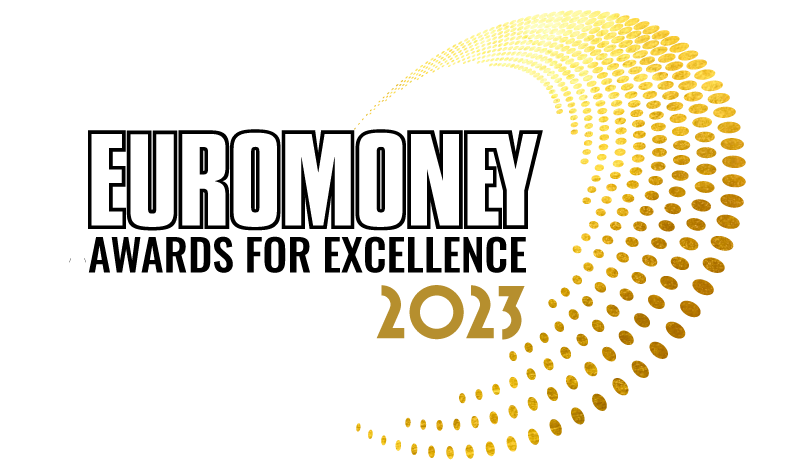There is perhaps no other digital bank anywhere in the world like kakaobank. Many pure-play digital banks seem to have an in-built ceiling: at a specific point, organizational flaws appear, they cease adding new customers and start to appear more dysfunctional than disruptor.
Not so with kakaobank. Yes, its market value fell steadily following its 2021 initial public offering (for a brief period in August of that year it was the nation’s largest financial institution by market cap), although its share price has since stabilized around the W25,000 ($19.15) mark.
Its numbers continue to surprise for the right reasons. Kakaobank had 20.42 million customers at the end of 2022, up 14% year on year, of which 16.4 million use its banking services on at least a monthly basis. Total deposits rose 10% last year, to W33.1 trillion, with the bank’s cost-to-income ratio down 2.5 percentage points, at 42.6%.

The bank posted a return on assets of 0.67%
